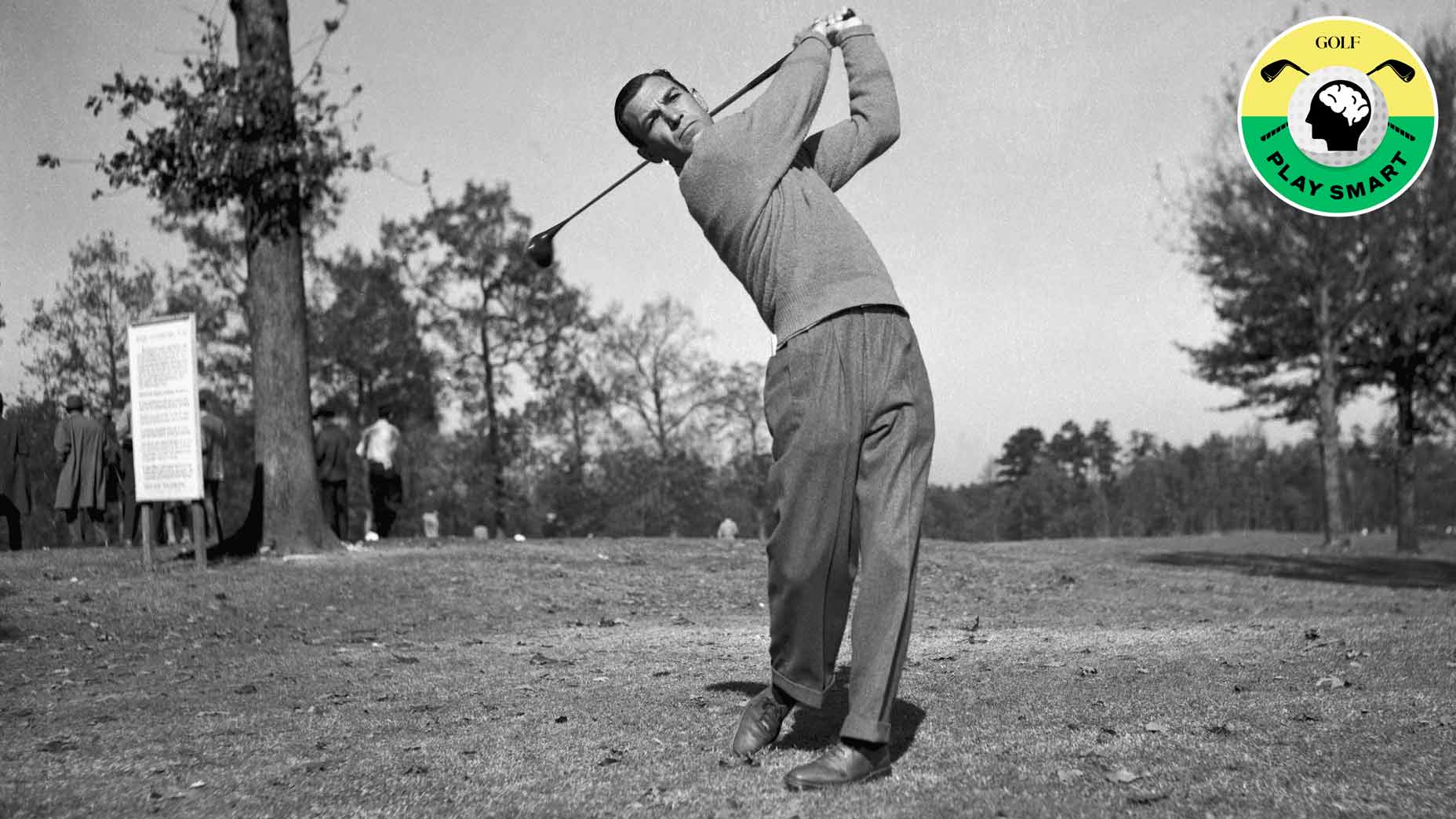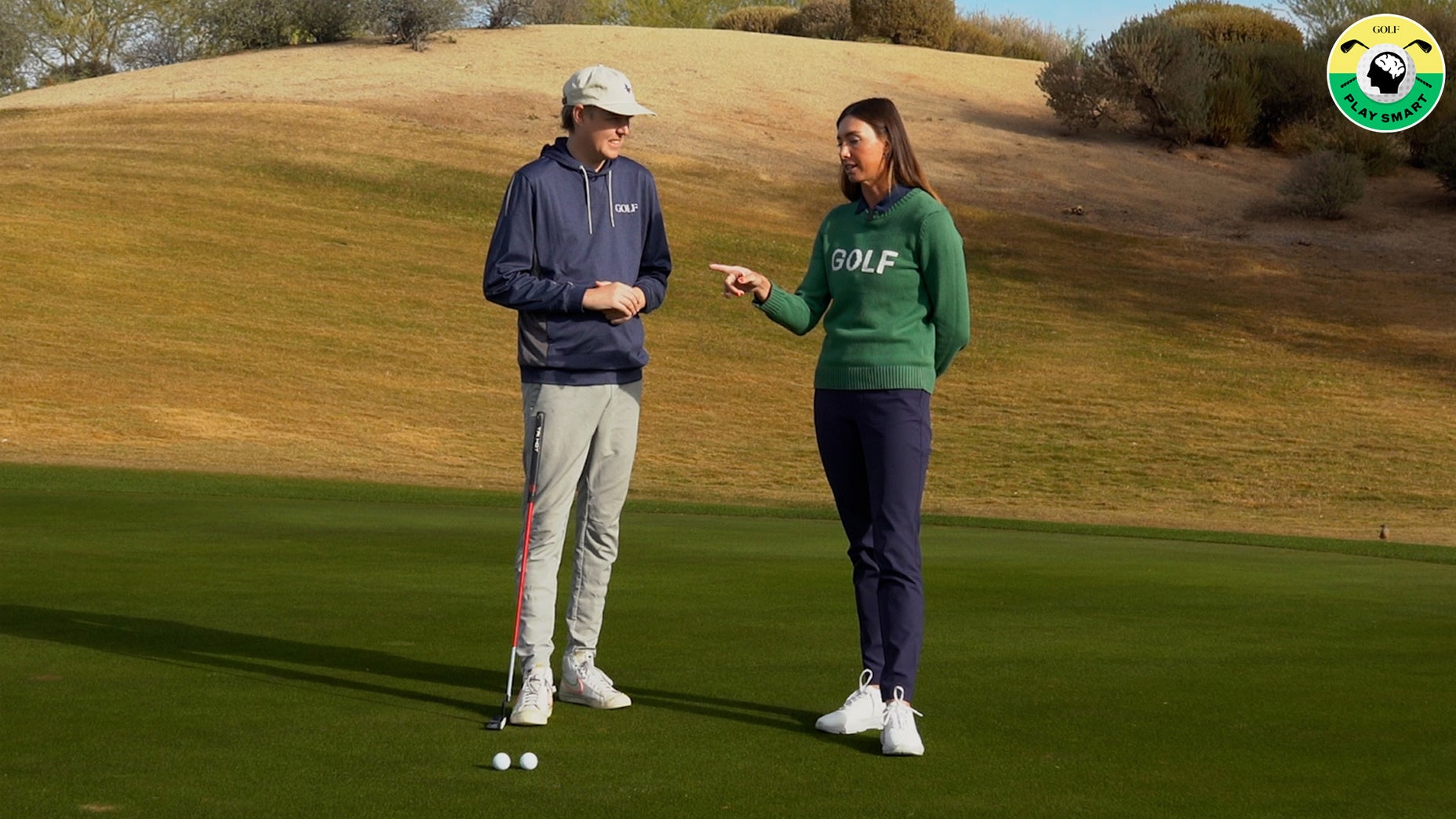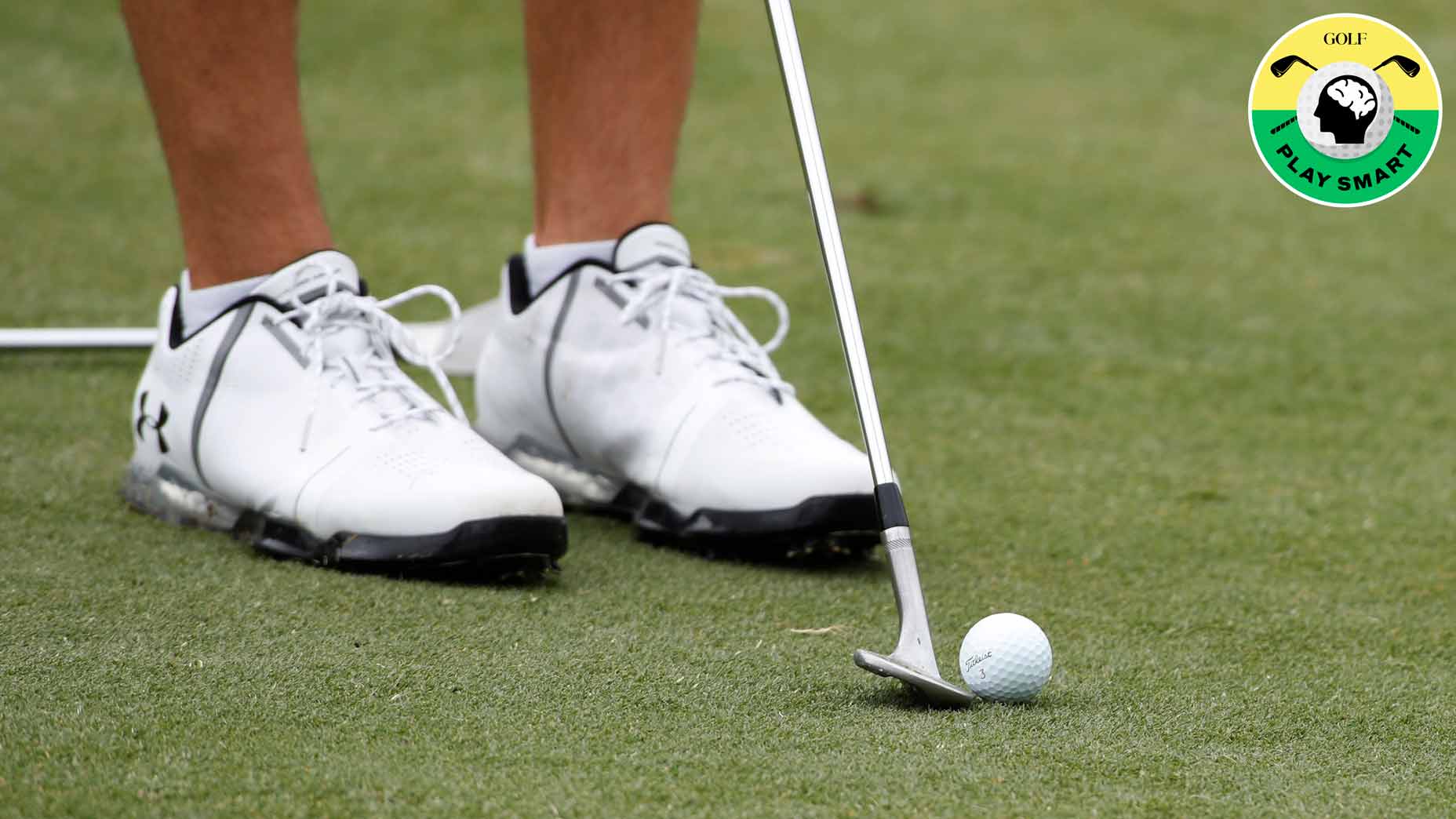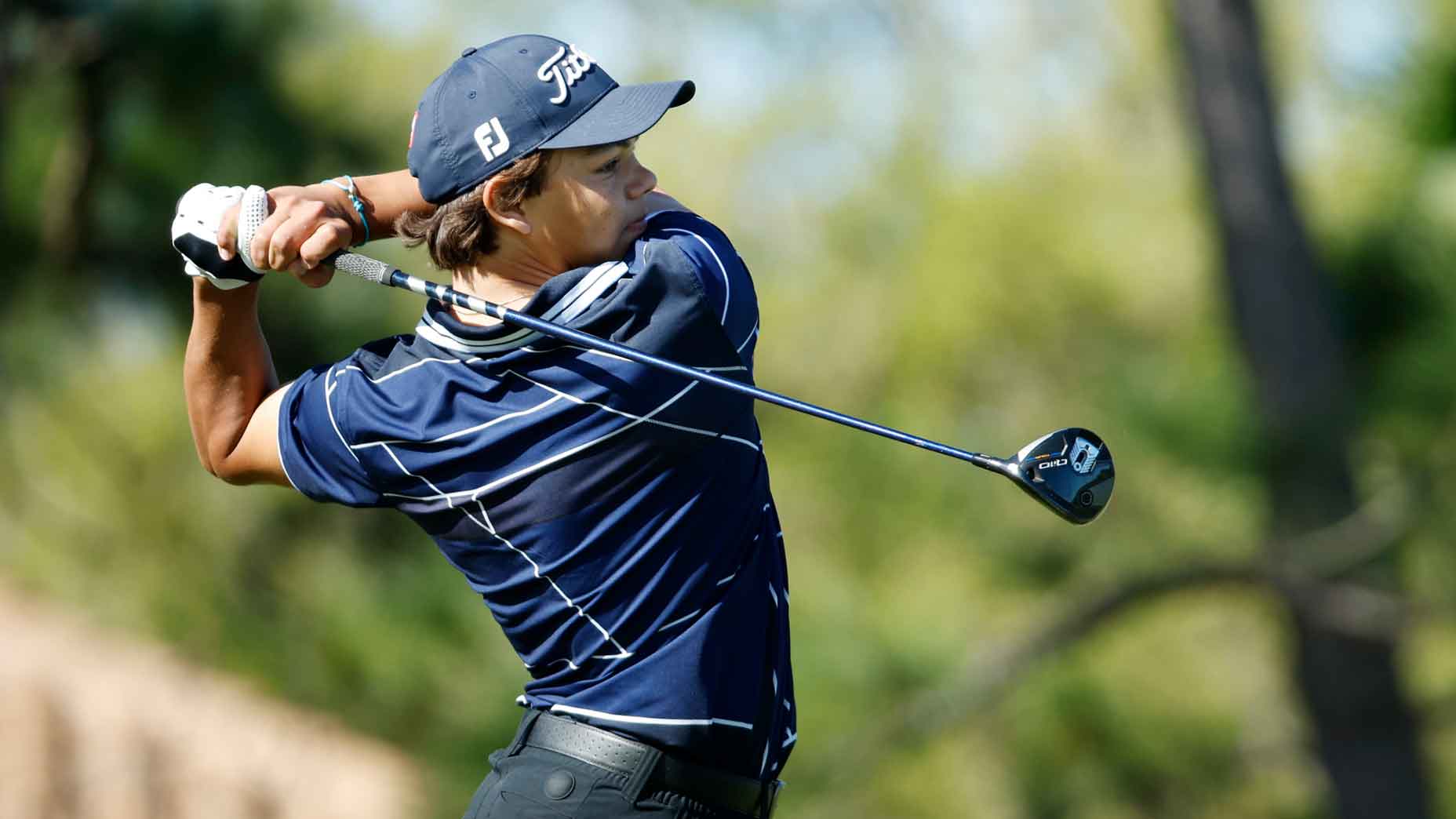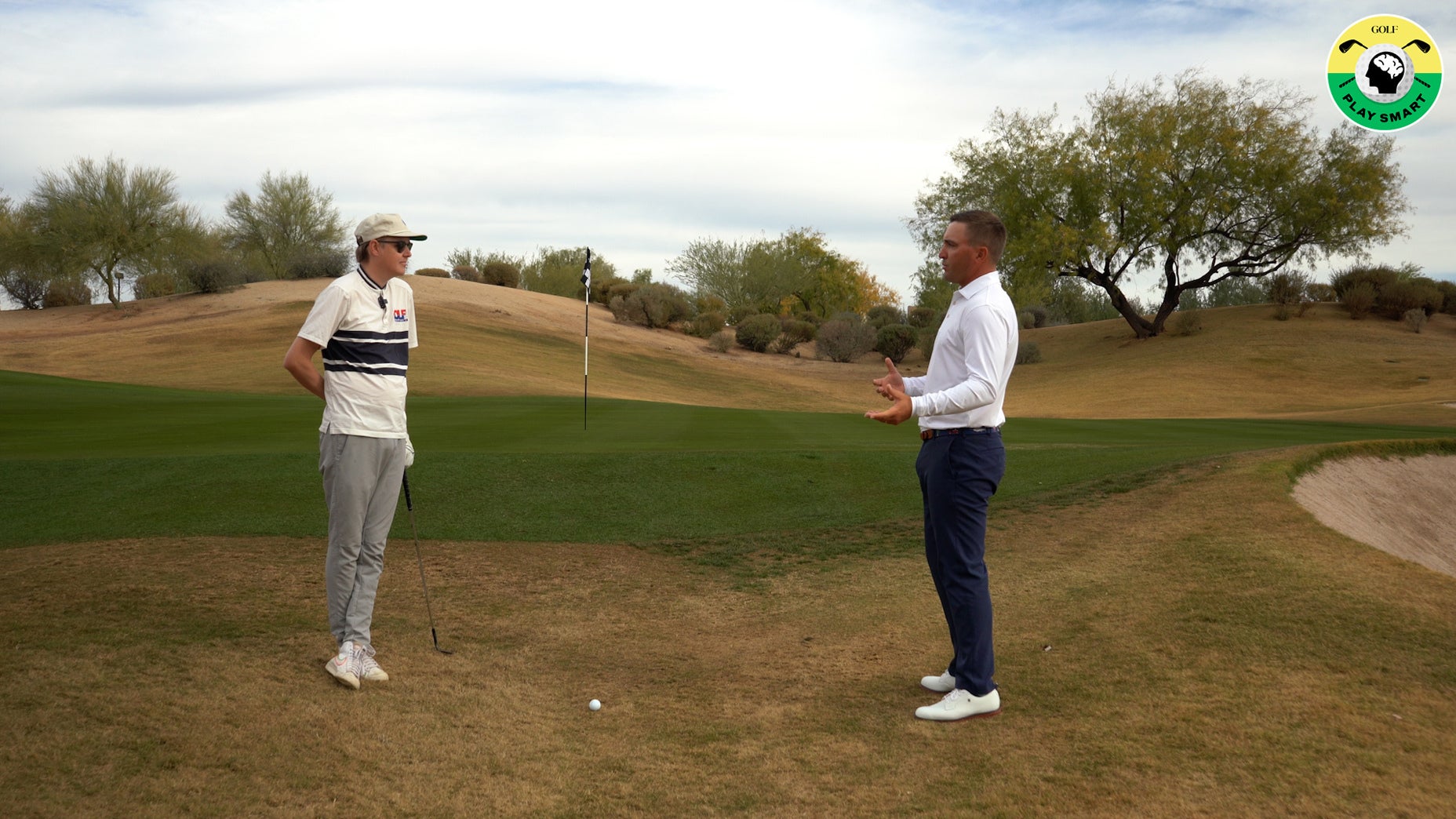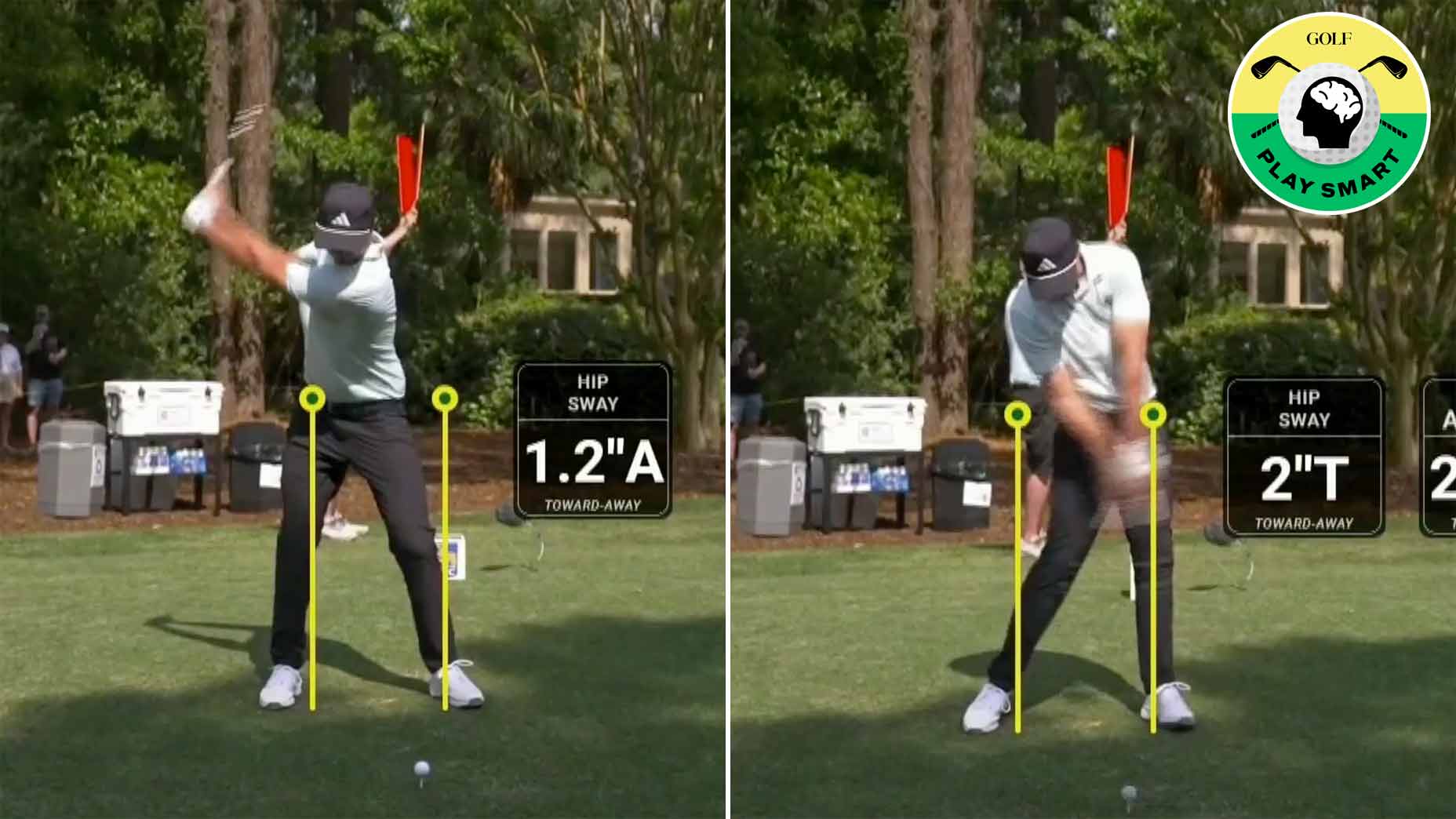How would an average golfer fare on LACC’s 300-yard par-3? The stats aren’t pretty
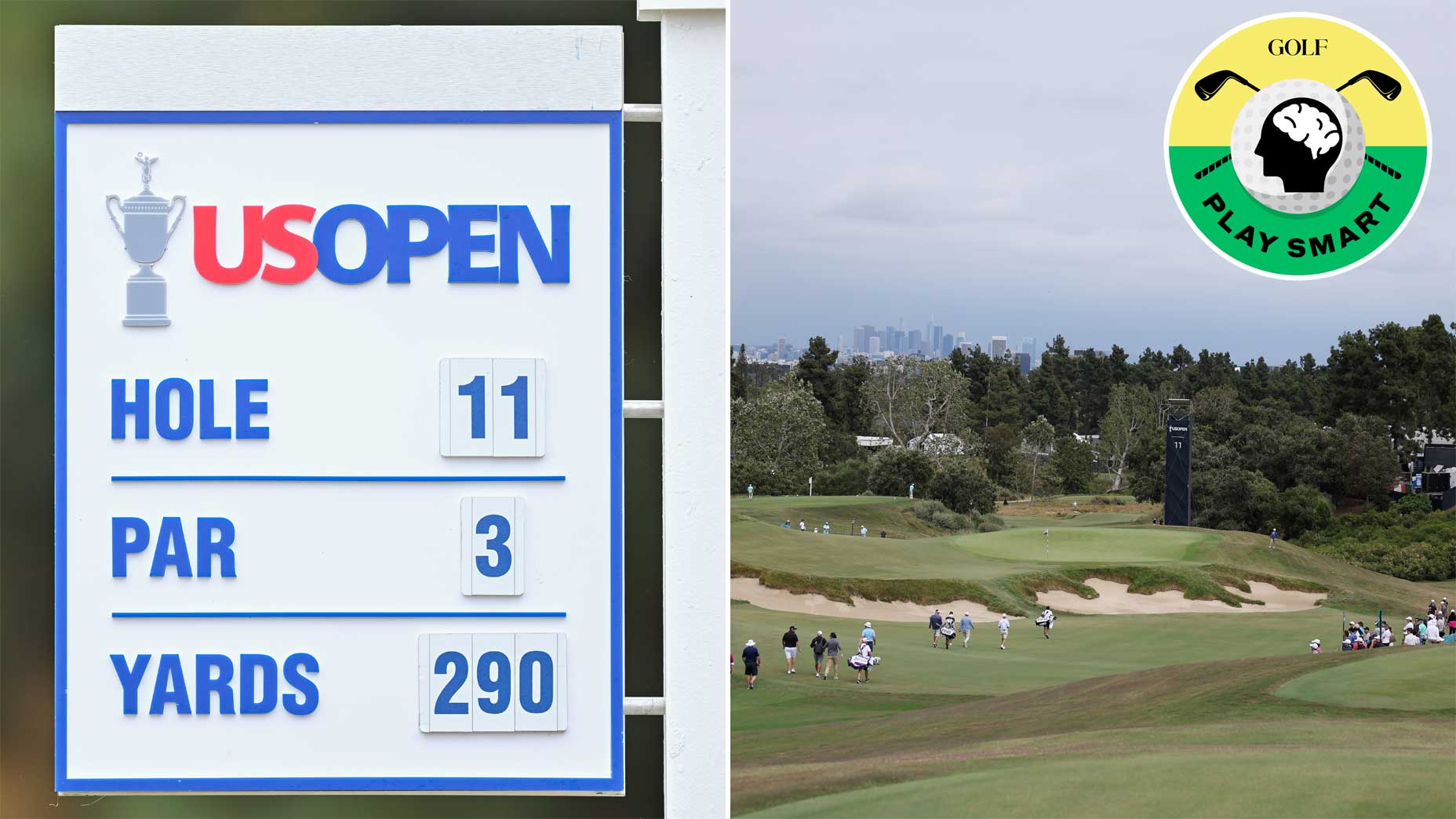
LACC's 11th hole measures almost 300 yards from the U.S. Open tees.
Getty Images
Welcome to Play Smart, a regular GOLF.com game-improvement column that will help you play smarter, better golf.
Los Angeles Country Club’s 11th hole is no ordinary par-3.
Let’s start with the aesthetics. The tee box sits up on a hill, looking down on much of the course with the L.A. skyline in the distance. There aren’t many urban par-3s with better views.
But while the sights in the distance are picturesque, the view of the green below is downright terrifying. Heavily guarded by bunkers, the massive back-to-front sloped green stares up at players nearly 300 yards away. The first time you play the hole, you’d be forgiven for thinking it was a par-4.
The 11th has garnered some serious press already this week. At 290 yards (on the scorecard, at least) it’s one of the longest par-3s in U.S. Open history. And while playing downhill will take some of that yardage off, it’s still a beast of a hole.
The pros are bound to do what the pros do in this week’s U.S. Open as they’ll likely make the hole look relatively simple. But for us mere mortals, scoring on a par-3 of that length would be downright atrocious.
According to data shared by the stat-tracking gurus at Arccos Golf, only 1.1 percent of recreational golfers have a median driving distance of 280 yards or longer. Assuming that you’d need to hit the ball in that ballpark (roughly) just to have a chance to reach the green from the U.S. Open tee box, a vast majority of golfers would be forced to layup. But even if a recreational player were to layup and play it like a par-4, getting through the hole in four strokes wouldn’t be a guarantee.
According to Arccos, on a typical 300-yard par-4, a 5 index averages 4.27 strokes. For a 10 index the average score jumps to 4.54; for a 15 index, it’s 4.81. But these averages do not account for U.S. Open conditions. If a recreational player were to face LACC’s 11th (or any other 300-yard hole) under championship conditions, the scores would surely be worse.
It’s impossible to say exactly how much worse recreational players would score given U.S. Open conditions, but Arccos set their estimate at roughly an added half stroke to each demographic’s scoring average.
In other words, don’t quit your day job.


